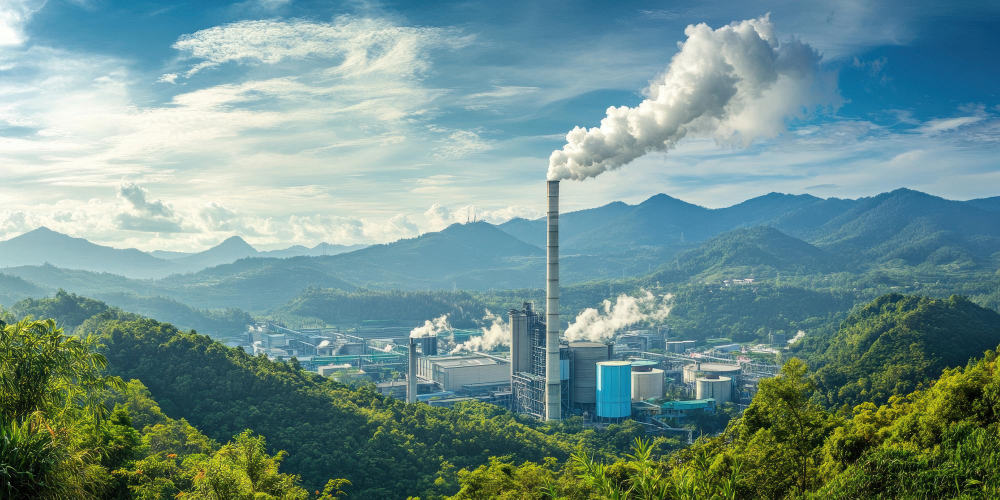
Product walkthrough, trial, POCs, enterprise offering, support and more. Speak with one of our specialists.


Product walkthrough, trial, POCs, enterprise offering, support and more. Speak with one of our specialists.

Tech and Innovation

Every year, millions of tons of carbon dioxide (CO₂) are released into the atmosphere due to the burning of coal, oil, gas, and various industrial activities. Although invisible, this gas accelerates the climate crisis, raises the Earth's temperature, and worsens natural disasters. Amid the still-high energy demand, a technology has emerged that is often referred to as the “timekeeper” in the transition to clean energy: Carbon Capture and Storage (CCS).
Carbon Capture and Storage or CCS is a technology that captures CO₂ emissions from large sources such as power plants, cement factories, oil refineries, and others, then stores them underground to prevent them from entering the atmosphere. In this way, carbon is “locked” in safe geological formations for thousands of years, preventing greenhouse gases from accelerating global warming.
In other words, CCS is not only about reducing pollution but also a way for humanity to buy time during the transition toward renewable energy.
CCS works through three main stages:
1. Capture
CO₂ is separated from industrial or power plant emissions using several methods:
2. Transport
After capture, CO₂ is compressed into liquid or supercritical form, then transported through pipelines, ships, or trucks to the storage site.
3. Storage
CO₂ is injected into deep geological formations, such as deep saline aquifers or depleted oil and gas reservoirs. Storage usually occurs at depths greater than 800 meters below the Earth’s surface, where pressure and temperature keep the CO₂ stable for thousands of years.
CCS can capture up to 90% of industrial emissions, helping to significantly reduce contributions to global warming.
As long as fossil fuels are still in use, CCS can serve as a bridge to reduce environmental impacts.
This technology allows industries to continue operating while reducing pollution, especially in sectors that are difficult to replace with renewable energy, such as cement and steel.
In the extended version, Carbon Capture, Utilization, and Storage (CCUS), the captured CO₂ can be reused, for example, to enhance oil recovery (Enhanced Oil Recovery) or as a raw material for the chemical industry.
The climate crisis is the greatest challenge of this century. According to the IPCC (Intergovernmental Panel on Climate Change), without CCS, the cost of global emission mitigation could increase by up to 138% [Ref]. CCS is not a single solution, but it plays an essential role alongside renewable energy, energy efficiency, and reforestation.
This technology allows humanity to reduce its carbon footprint while building a new, cleaner energy system. In other words, CCS helps the world breathe easier on the journey toward a low-emission future.
Although Carbon Capture and Storage (CCS) is one of the options to reduce global emissions, its implementation still faces many challenges, especially in terms of cost and infrastructure. Therefore, nature-based approaches (nature-based solutions) such as reforestation and forest conservation remain key for tropical countries like Indonesia.
This is where Jejakin plays a role. Through CarbonAtlas technology, we help monitor land cover changes, measure carbon sequestration from reforestation programs, and provide transparent data to support conservation efforts.
If you want to learn more about how nature-based solutions can be the answer for sustainable decarbonization, visit Jejakin and discover the best ways to collaborate for a greener future.






















Jejakin’s green programs combine high-tech monitoring, biodiversity restoration, and community-led initiatives to deliver powerful, sustainable change across ecosystems.








